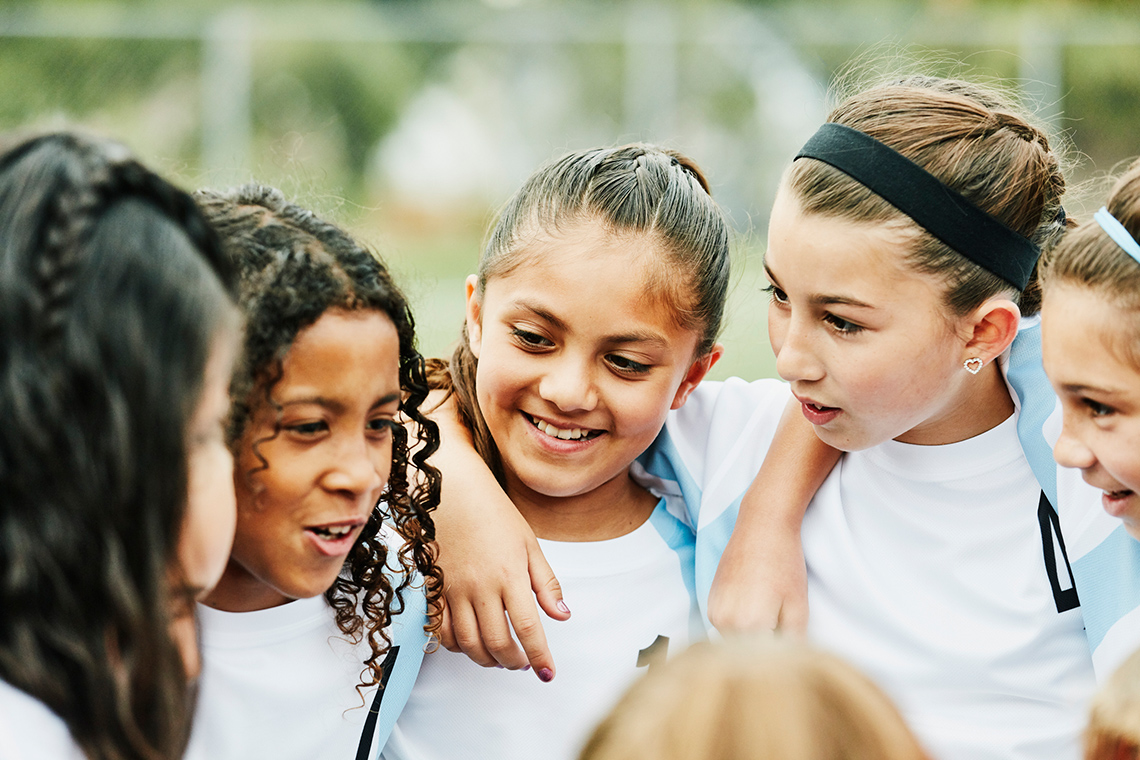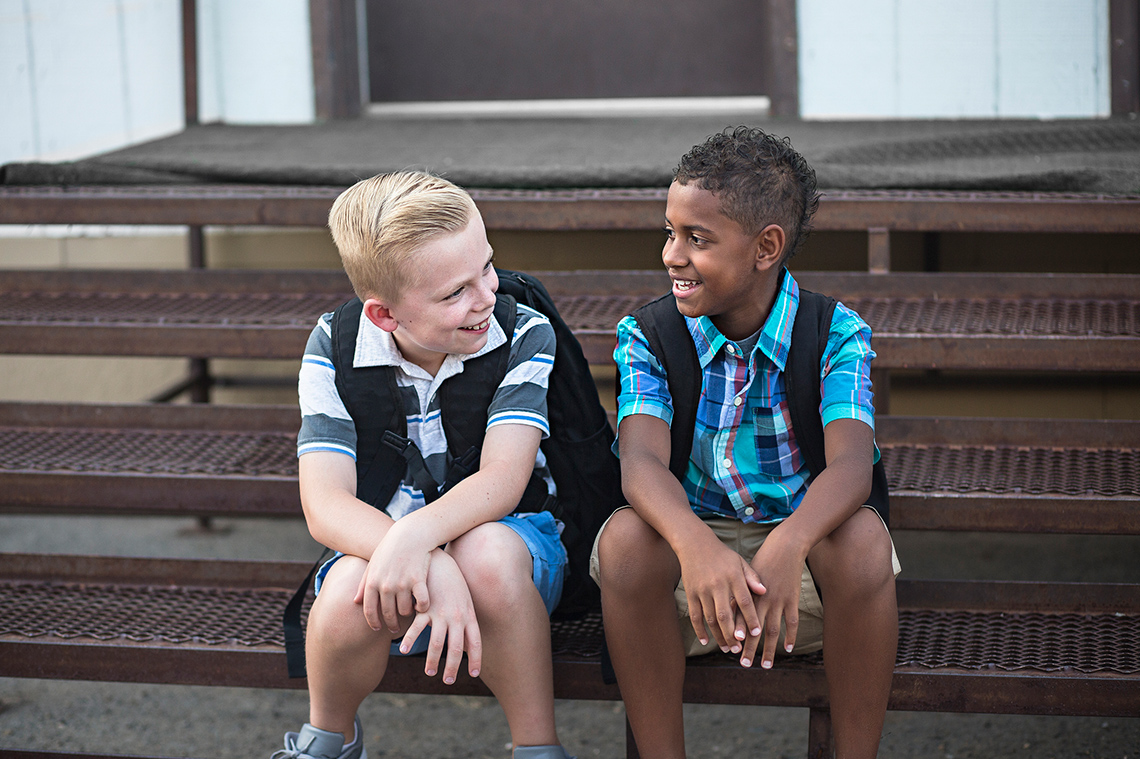Minds On
Warm up

Don’t forget to do your safety check!
Warm Up
Breathing activity
Find a comfortable position. Focus your attention on one part of the body at a time.
How does that part of your body feel? If possible, take a deep breath and allow your lungs to expand.
Focus your attention on one part of your body. Allow that part to relax before moving on to the next. As you scan through your body, keep breathing deeply.
Once you have completed the scan, take a moment to stretch.
Access this audio recording entitled “Breathing Activity” to learn more about completing this warm up exercise.
Breathing Activity
Drama game
Imagine being transported into a new environment. Examine the following images and consider:
- What kinds of equipment and clothing would someone need?
- What kinds of activities would someone do in the environment?
- Would the weather suddenly change? Would there be animals or people in the environment?
Record your ideas in a notebook or another method of your choice.
Try It
Act it out
Act out your answers for one of the environments by using gestures, movements, and/or facial expressions.
If possible, narrate the experience to a partner, or record an audio description.
Consider adding your work to your drama portfolio.
Kindness matters
Now that you’ve pictured yourself in new environments, let’s try imagining other people’s points of view.
Explore the following episodes of My Kindness Matters to learn more about perspective and kindness.
How do you think Allie and Mahima are being kind?
Complete the Kindness Chart in your notebook or using the following fillable and printable document. If you would like, you can use speech-to-text or audio recording tools to record your thoughts. Consider adding your work to your drama portfolio.
| Video #1 | |
|---|---|
| How is Allie being kind? | |
| Why do you think Allie decides to be kind? | |
| Video #2 | |
|---|---|
| How is Mahima being kind? | |
| Why do you think Mahima decides to be kind? | |
Press the ‘Activity’ button to access Kindness Chart.
Action
Get ready, get set…

Perspective and empathy
Perspective is about how someone views or understands a situation. Your experiences as a person and your thoughts and feelings all help to develop your perspective or point of view.
Press ‘Definition’ to learn more about what perspective means.
Having a perspective is about how you experience the world. Everyone has a different perspective based on what has happened in their life.
Empathy is the ability to understand and share the feelings of someone else. Empathy is important in our daily lives.
Press ‘Example’ to access one way in which people can empathize.
In the My Kindness Matters episodes from the previous section, Allie was able to empathize with the person who had no one to play with. She used her empathy to be kind and decide to play with the person.
How does drama help us develop empathy?

Drama helps us develop empathy, because by becoming a character, you recognize and respect that character. Characters in plays can be made up or based on someone in real life.
When you become that character, you understand how they see and experience the world. You can understand their actions better.
Why do we need to understand other people’s perspectives?
Press ‘Hint’ to access one reason why it is important to understand other people’s perspectives.
When we understand other people’s thoughts and feelings through recognizing their actions, it helps us to connect with others and it helps others to connect with us.
Empathy is one of the ways actors decide things about their character. If you can understand why the character says the things they say or does the things they do, then you can perform better as your character.
Go!
Explore the following diary entry to learn more about an early setter’s experiences in Canada.
Settler’s diary
Today, I woke up and our home was freezing! There was not enough of a fire in our fireplace to keep us warm. I hid under the covers until my dad came to wake me up to start my chores. After my porridge, I went outside and cut some wood for later tonight so it will be warmer tomorrow morning. The cold made my fingers freeze.
My dad spent all morning trying to remove the snow from in front of the house so we wouldn’t slip and so he could get the wagon out to the main road. He was hoping to head to our neighbours to help them with the building of their shed. There is not a lot of space between the trees to build, so I am not sure where it will go.
I bundled up and headed into the woods to find kindling for tonight’s fire. We are so lucky that our community got help from those who already lived here. They taught us how we could safely get to the river through the woods, what plants were safe to eat and which weren’t, and how to only take a few strips of bark from one tree at a time.
As a thank you, we gave them some metal pots and a hunting knife that we brought with us. There is something I keep thinking about. This community have lived on this land for a long, long time and did not need to cut down many trees to build their communities.
I haven’t seen those people in a while. I wonder where they might have gone.
What did you understand about the person through their diary entry?
Press ‘Possible answer’ to explore some details about the person in the diary entry.
If an actor performed this diary entry, would it help you understand the person and their life more?
What kind of tools might an actor use to communicate this character to an audience?
Press ‘Actor’s tools’ to discover what an actor might do to communicate to an audience.
What other perspectives are missing that would help you understand life during that time?
Press ‘Possible answer’ for ideas to consider about missing perspectives.
Did You Know?
Indigenous peoples during this time
Indigenous peoples had, and continue to have, vibrant communities and used their knowledge of their local environment to survive and thrive on their homelands since time immemorial or as long as can be remembered.
Press the following tabs to learn more about Indigenous peoples and their relationships with European settlers.
Why is it important that we explore multiple perspectives? What are some ways multiple perspective can be explored through drama?
Consolidation
Understanding perspective and empathy

Let’s review what we learned in the previous section about perspective and empathy.
For each sentence, select the missing word from the drop-down menu.
Your diary entry

Imagine that in the future, someone is performing a play that includes something about you and your life.
How would you want them to portray you? What would you want them to know?
Create a diary entry about your life. Imagine that someone in the future is going to turn it into a monologue. Your diary entry can be about one particular day or more general information about your life.
Complete the Diary Entry Page in your notebook or using the following fillable and printable document. If you would like, you can use speech-to-text or audio recording tools to record your thoughts. Consider adding your work to your drama portfolio.
| Dear diary, |
Press the ‘Activity’ button to access Diary Entry Page.
Portfolio
Review your learning
Reflect on the following questions and record your thoughts using a method of your choice. Consider adding your ideas to your drama portfolio.
- How can you use empathy when you are performing a drama piece?
- Why do you think empathy is so important?
- Why is it important to understand different people’s perspectives?
- How can drama help to understand people, times, and places that we have never actually experienced in our own lives?
Reflection
As you read through these descriptions, which sentence best describes how you are feeling about your understanding of this learning activity? Press the button that is beside this sentence.
I feel…
Now, record your ideas using a voice recorder, speech-to-text, or writing tool.



